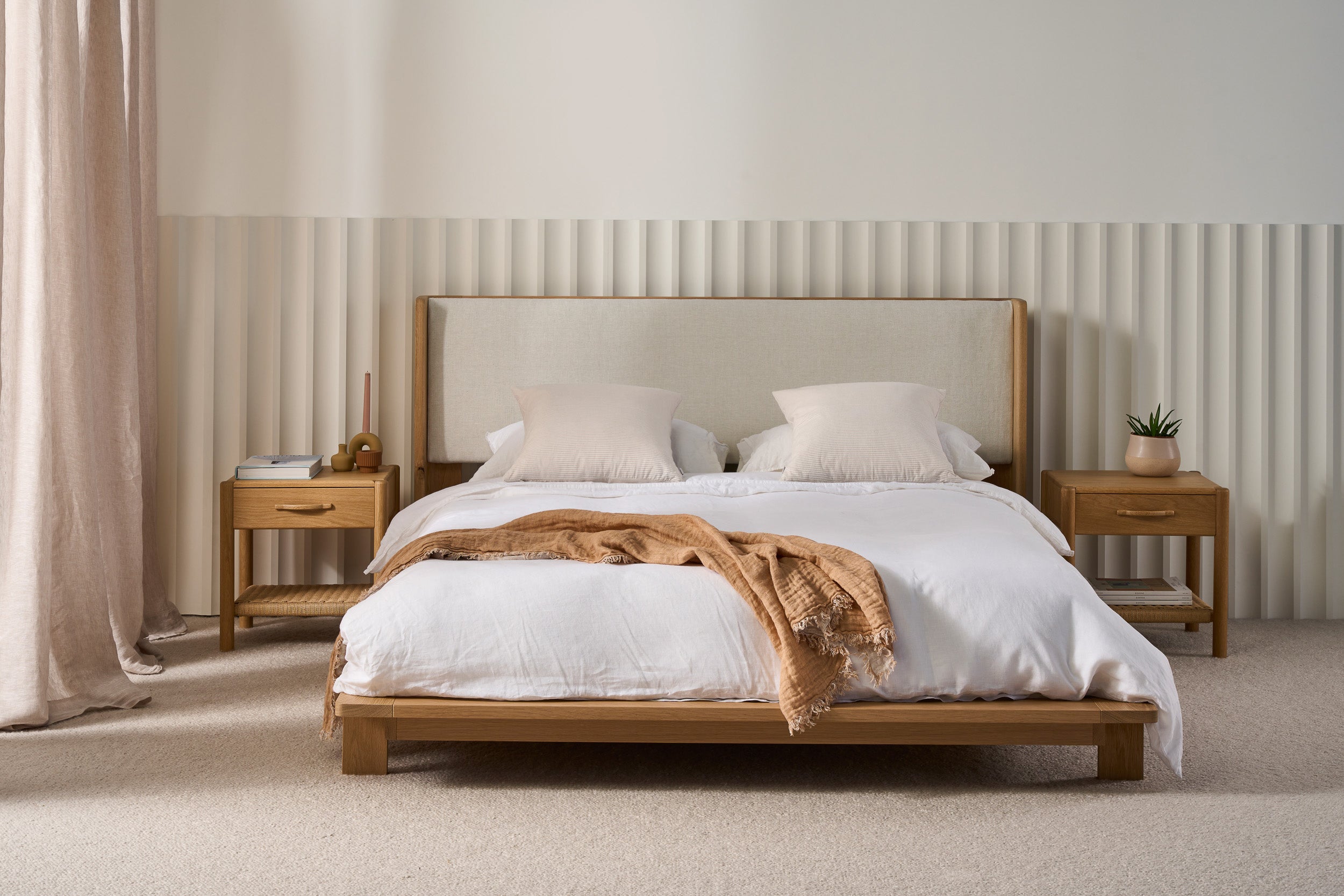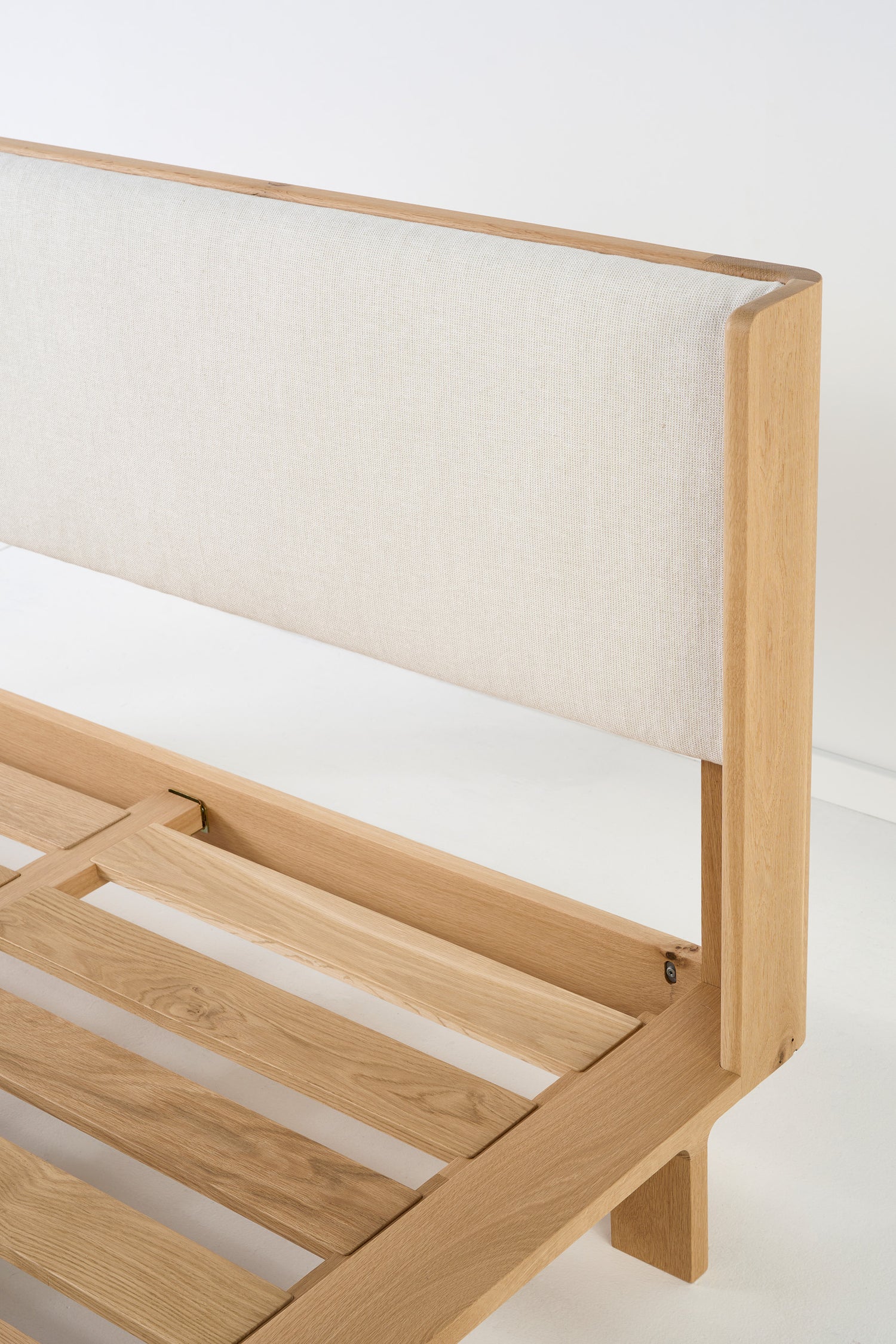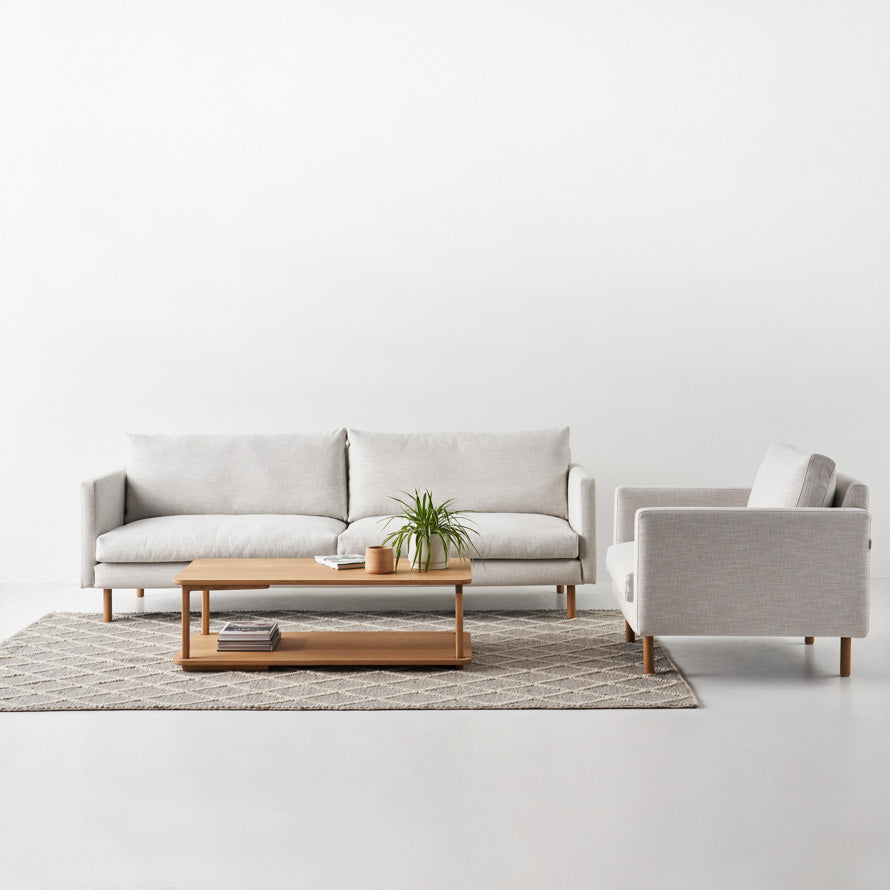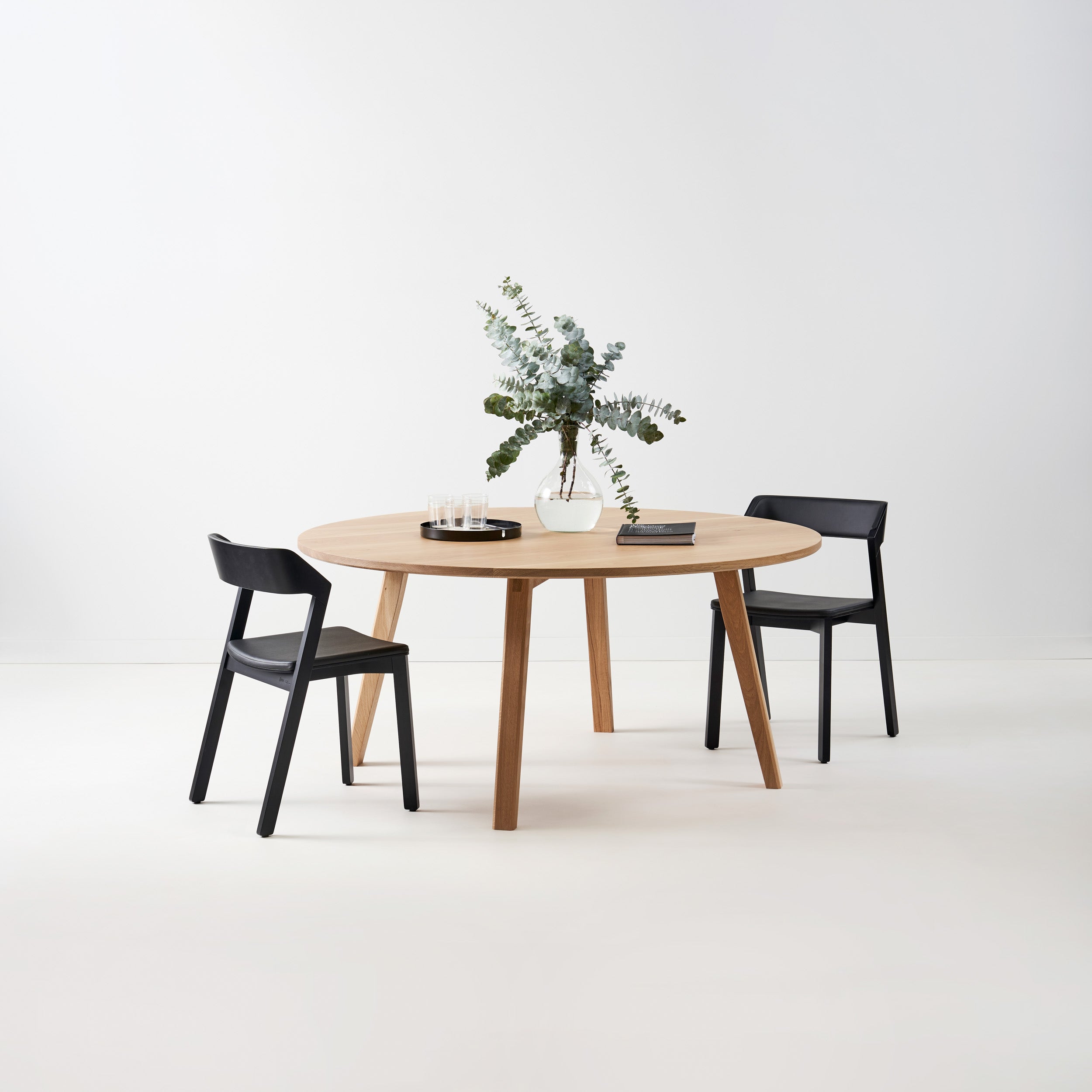Creating a healthy bedroom space involves several key elements that contribute to better sleep, relaxation, and overall well-being. From choosing the right mattress and bedding materials to maintaining good air quality and reducing noise, here's a detailed look at the essentials of a healthy bedroom:
- Mattress Quality:
The foundation of a healthy bedroom is a high-quality mattress that provides adequate support and comfort for your body. When selecting a mattress, consider factors such as firmness level, material type (e.g., memory foam, innerspring), and specific features that address your sleep needs, such as cooling properties or pressure relief. Investing in a supportive mattress can help alleviate aches and pains, promote proper spinal alignment, and improve overall sleep quality.
- Bedding Materials:
The materials used in your bedding can have a significant impact on your sleep environment. Opt for breathable, hypoallergenic fabrics like cotton, bamboo, or linen, which allow air to circulate and help regulate body temperature. These natural fibers are also less likely to trap dust, allergens, or moisture, reducing the risk of irritation or allergies and promoting a cleaner, healthier sleep space.
- Air Quality:
Good air quality is essential for a healthy bedroom environment. Ensure proper ventilation by opening windows regularly to let in fresh air and remove indoor pollutants. Consider using an air purifier with a HEPA filter to remove airborne particles like dust, pet dander, and allergens, especially if you live in an urban area or have respiratory issues. Regular cleaning and dusting can also help maintain indoor air quality and reduce allergen levels.
- Cleanliness:
A clean and clutter-free bedroom promotes relaxation and better sleep. Regularly dust surfaces, vacuum carpets or rugs, and wash bedding to remove dust, dirt, and allergens. Keep floors clear of clutter and avoid storing items under the bed, as this can trap dust and impede airflow. Launder bedding, including sheets, pillowcases, and mattress covers, at least once a week to maintain a hygienic sleep environment and reduce the risk of dust mites and bacteria.
- Lighting Options:
Lighting plays a crucial role in setting the mood and atmosphere in your bedroom. Install adjustable lighting fixtures or use lamps with dimmer switches to create different ambiance levels throughout the day. In the evening, opt for soft, warm lighting to promote relaxation and signal to your body that it's time to wind down and prepare for sleep. Avoid bright overhead lights or harsh blue light from electronic devices, as these can interfere with your body's natural sleep-wake cycle and make it harder to fall asleep.
- Temperature Control:
Achieving a comfortable room temperature is essential for quality sleep. Aim for a cool, but not cold, sleeping environment of around 60-67°F (15-20°C) to promote restful sleep. Use bedding layers that can be easily adjusted to suit your comfort preferences, such as lightweight blankets or duvets in warmer months and heavier quilts or comforters in cooler months. Consider using a programmable thermostat to regulate temperatures throughout the day and night for optimal sleep conditions.
- Noise Reduction:
Minimizing disruptive noises in your bedroom can help create a more peaceful sleep environment. Use sound-absorbing materials like carpets, rugs, or heavy curtains to dampen noise from outside sources. Consider using a white noise machine or fan to mask external sounds and promote a quieter sleep environment. If noise is a persistent issue, consider using earplugs or investing in soundproofing measures to reduce disturbances and improve sleep quality.
- Comfortable Furniture:
Lastly, choose comfortable and supportive bedroom furniture that enhances relaxation and promotes restful sleep. Invest in a supportive mattress and ergonomic pillows that provide adequate support for your head, neck, and spine. Consider additional furnishings like bedside tables or a cozy reading chair to enhance comfort and functionality in your bedroom space. Choose furniture pieces made from high-quality materials and construction to ensure durability and long-lasting comfort.
See our collection of Solid Timber Bed Frames and Bedside tables that best help you create your relaxation sanctuary. Click here
By paying attention to these essential elements, you can create a healthy and inviting bedroom space that promotes better sleep, relaxation, and overall well-being. Prioritize comfort, cleanliness, and air quality to optimize your sleep environment and enjoy restful nights and rejuvenating mornings.
Buy once, buy well.
X mubu






Leave a comment
This site is protected by hCaptcha and the hCaptcha Privacy Policy and Terms of Service apply.